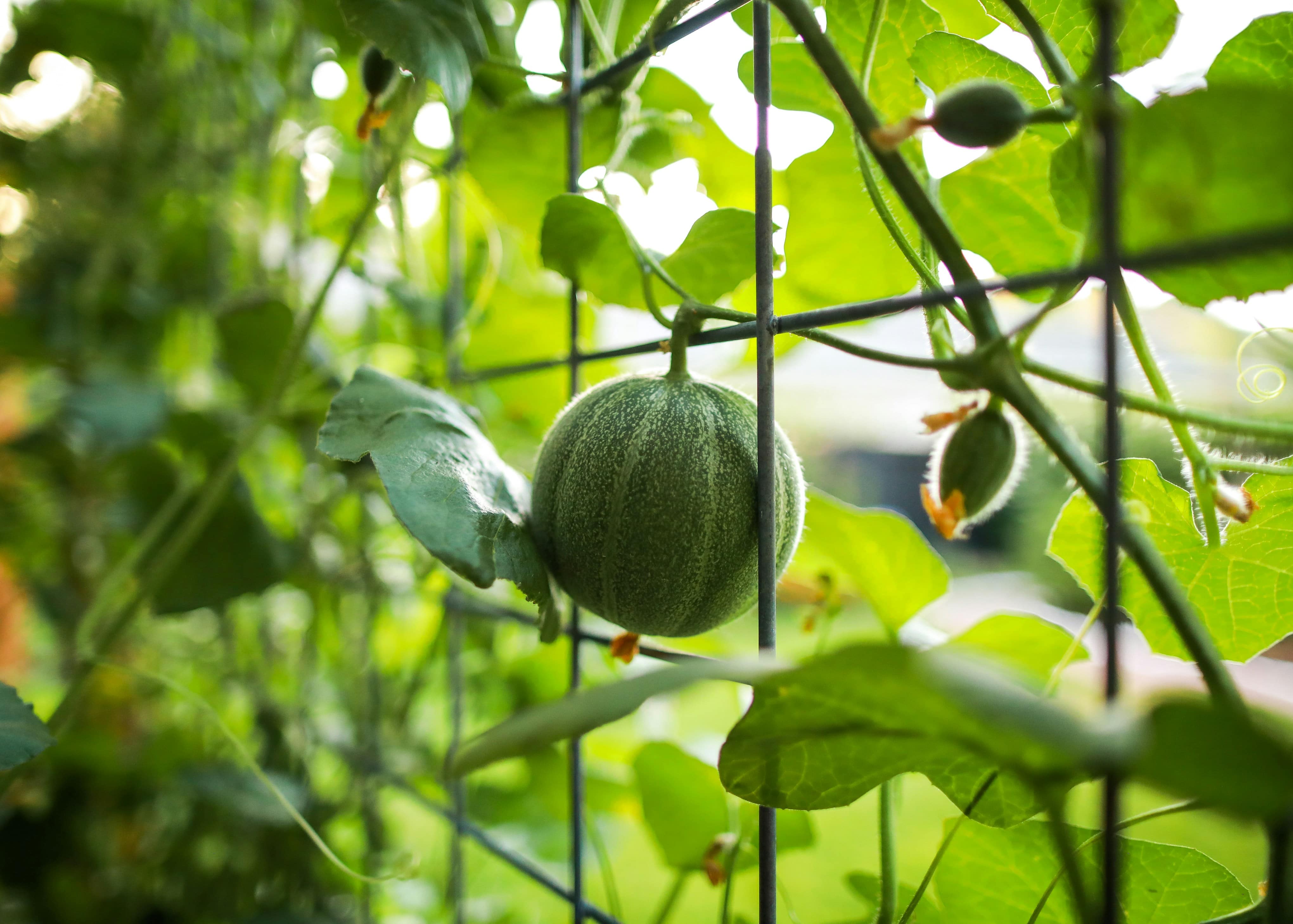Key Takeaways
- Chen et al. (2024) have developed a lightweight detection model, YOLOv8-CML, for Color-changing melon in intelligent agriculture.
- The model introduces several innovations, including the Faster-Block and C2f structure, to reduce memory access and computation.
- The redesigned detection head and the α-IoU loss function improve recognition accuracy and efficiency.
- YOLOv8-CML achieves a 42.9% reduction in parameters and a 51.8% decrease in computational requirements compared to YOLOv8n.
- The model is highly efficient, with a size of only 3.7 MB, and enhances inference speed, mAP@0.5, accuracy, and FPS, providing a robust solution for deploying picking robots.
In a significant advancement for intelligent agriculture, a study by Chen et al. (2024) has introduced YOLOv8-CML, a lightweight detection model tailored for the Color-changing melon, an ornamental and edible fruit. This innovation addresses the challenges of slow detection speed and high deployment costs associated with existing intelligent agriculture equipment.
Addressing Key Challenges in Detection
The development of YOLOv8-CML is driven by the need for more efficient and cost-effective detection solutions in intelligent agriculture. Traditional models often struggle with high computational demands and slow detection speeds, limiting their practicality in real-world applications.
Innovations in YOLOv8-CML
Lightweight Faster-Block and C2f Structure
The YOLOv8-CML model introduces the Faster-Block, which significantly reduces the number of memory accesses and redundant computations. This innovation leads to the creation of a lighter C2f structure, enhancing the model's overall efficiency.
Enhanced Backbone with C2f Module and EMA Module
In the Backbone of YOLOv8-CML, the lightweight C2f module is fused with the Exponential Moving Average (EMA) module. This combination collects multi-scale spatial information more efficiently and minimizes the interference of complex backgrounds on the recognition effect, resulting in improved detection performance.
Redesigned Detection Head with Shared Parameters
The detection head of YOLOv8-CML has been redesigned using the idea of shared parameters. This redesign simplifies the model further, making it more lightweight and efficient without compromising accuracy.
α-IoU Loss Function for Improved Accuracy
To better measure the overlap between predicted and real frames, the α-IoU loss function is adopted. The use of the α hyperparameter in this loss function enhances the recognition accuracy of the model.
Experimental Results and Performance
The experimental results demonstrate the remarkable efficiency and effectiveness of the YOLOv8-CML model. Compared to the YOLOv8n model, YOLOv8-CML achieves a 42.9% reduction in parameters and a 51.8% decrease in computational requirements. Additionally, the model size is only 3.7 MB, making it highly suitable for deployment in resource-constrained environments.
Moreover, the inference speed of YOLOv8-CML is improved by 6.9%, and the model also shows enhancements in mean Average Precision (mAP) at 0.5, accuracy, and Frames Per Second (FPS). These improvements underscore the model's potential to revolutionize the detection and picking of Color-changing melon in intelligent agriculture.
Read the entire study here.


